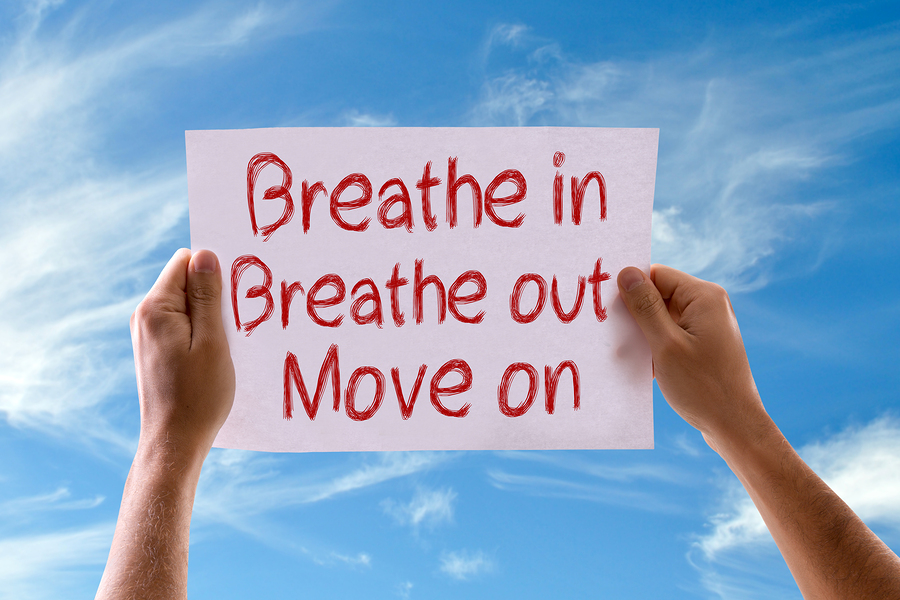
The proper breathing can make a big difference in your physical performance, your stress levels, and your ability to concentrate. After all, we breath in and out all day long, but most of us don’t do it right. Breathing correctly means making sure all parts of your body—your muscles, organs, and brain—are supplied with enough oxygen, and most of that oxygen comes from the bottom third of our lungs. So, it takes very deliberate breathing to get to that point and make sure you’re functioning at the optimum level. Do these breathing exercises at work to keep you less stressed, more engaged, more productive, and more creative.
Deep and shallow breathing
Okay, so it’s not easy to lie down on a mat when you’re at work, but if you can, do it! Otherwise, sit in your chair, put one hand on your chest, and take a deep breath as you make that hand rise and fall. Then move that hand to your stomach and do it again. Try to keep your stomach rising and falling while your chest remains still. Do it for 6 to 8 breaths and then breathe in through your chest and belly at the same time. Fill the space from your diaphragm all the way up through your chest with air, which loosens the muscles and tissues around your lungs, easing your breathing. 
Breathe out stress
When you’re stressed or anxious, it’s best to try and slow down your heart rate and reduce stress. Inhale deeply and slowly. Then place your top front teeth on your bottom lip and breathe out slowly through your teeth. Take twice as much time to exhale as you took to inhale, then pause and repeat. By exhaling through your teeth, you can slow down your breath even more, settle your mind, slow down your heart rate, and bring yourself into a calmer state.
Release tension through mindfulness
Lie down on the floor, close your eyes, and each time you exhale, concentrate on focusing a specific part of your body. It helps if you start all the way down at the bottom—your toes and feed—and gradually work your way up to the top—your forehead. You’ll eventually feel the part of your body that’s feeling tense so you can relax it. By identifying it, you can also focus on that area the next time you work out, do yoga, stretch, or get a massage. If left  untreated, that constant tension can cause migraines, back pain, and chronic pain.
untreated, that constant tension can cause migraines, back pain, and chronic pain.
4-7-8 method
This counting method will help you deep more deeply, fully fill your lungs with air, and guide your body into a state of physical calm. The repetitive counting is so meditative it will distract your brain from wandering and help you refocus into a state of relative calm. First, breathe in through your nose for four seconds, feeling your belly expand. Then, hold your breath for seven seconds, and finally, blow the air out slowly for eight seconds. And repeat again and again until your mind and body have quieted and you’re able to concentrate again.
For more advice on training your mind and body to achieve optimum performance at work, check out our website at https://www.chiefofstaffkc.com.
Blog written by Erin Greenhalgh

